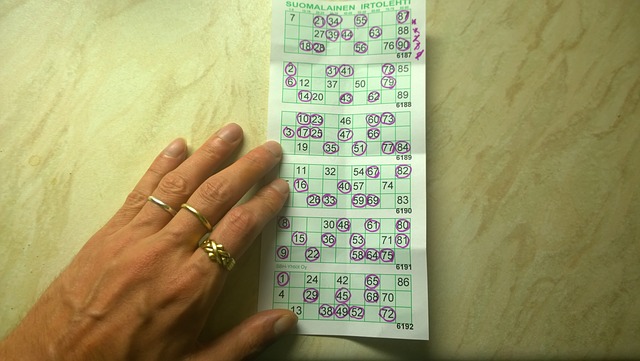The amount in your bank account. The page check of a book. That is quickly approaching the deadline. Times, dates, telephone numbers, road addresses—the entire world is numbers. Things being what they are, numbers are a million times more fascinating than the most intricate condition Pythagoras could think of. Numbers are utilized everywhere and at numerous spots, numbers are utilized in words and for some huge numbers it turns out to be truly difficult to show them in words for those numbers you can visit here from the link and have a go at converting enormous numbers into words. Here are probably the most interesting realities about numbers in brief.
“Hundred” Doesn’t Mean 100
The word “hundred” is really gotten from the Old Norse word “hundrath,” which really implies 120, not 100. More specifically, “hundrath,” in Old Norse, signifies “long hundred,” which rises to 120, because of the duodecimal framework. Yet, good karma trying to contend that your $100 bill is worth 20 percent more than it is.
The Square Root of Two Is Called “Pythagoras’ Constant.”
Clearly, you recall the Pythagorean Theorem from your tenth-grade math class, yet have you ever known about Pythagoras’ Constant? Well, here’s the lowdown: The square foundation of 2 (1.41) is known as Pythagoras’ Constant. It’s likewise the absolute first silly number actually to be found.
Zero Is the Only Number That Can’t Be Represented In Roman Numerals
There is an aggregate of zero zeros in Roman numerals. While the old Greeks were mindful of zero as an idea, they didn’t believe zero to be a number by any means. For example, Aristotle concluded zero wasn’t a number since you were unable to partition by zero. Instead of a Roman numeral, the Latin word “nulla” would have been utilized to speak to the idea of zero. The reason no numeral existed for zero is on the grounds that there was no requirement for a numeral to speak to it.
Different Cultures Discovered Zero at Different Times
Zero as a number was invented all through the world on different occasions in history. Notwithstanding this dissipated reception, it’s commonly acknowledged that the Indian astronomer and mathematician Brahmagupta raised the idea of zero just because, around 600 A.D. Other than this, Brahmagupta contributed a ton to mathematics and astronomy and is known for explaining how to find the 3D shape and block foundation of an integer and furthermore gave rules facilitating the calculation of squares and square roots.
The Numerical System We Use Today Is Older Than It’s Been in Use
The mathematical framework we use today—the one that is made out of the 10 images (you know: 1, 2,3, 4, 5 6, 7, 8, 9, 10)— is really based on a Hindu-Arabic numeral framework. This was grown more 1,000 years back, however, it wasn’t until the fifteenth century that these images we realize today were utilized all through Europe.
7 Is the Most Popular “Most loved Number”
If you approached somebody in the city and asked them what their preferred number is—of the apparent multitude of entire numbers between 1 and 100—there’s just about a 10 percent chance they will say “7.” These were the findings of mathematician Alex Bellos, who asked respondents to identify their preferred number, and discovered “7” to be the most famous decision. It was chosen 9.7% of the time.

